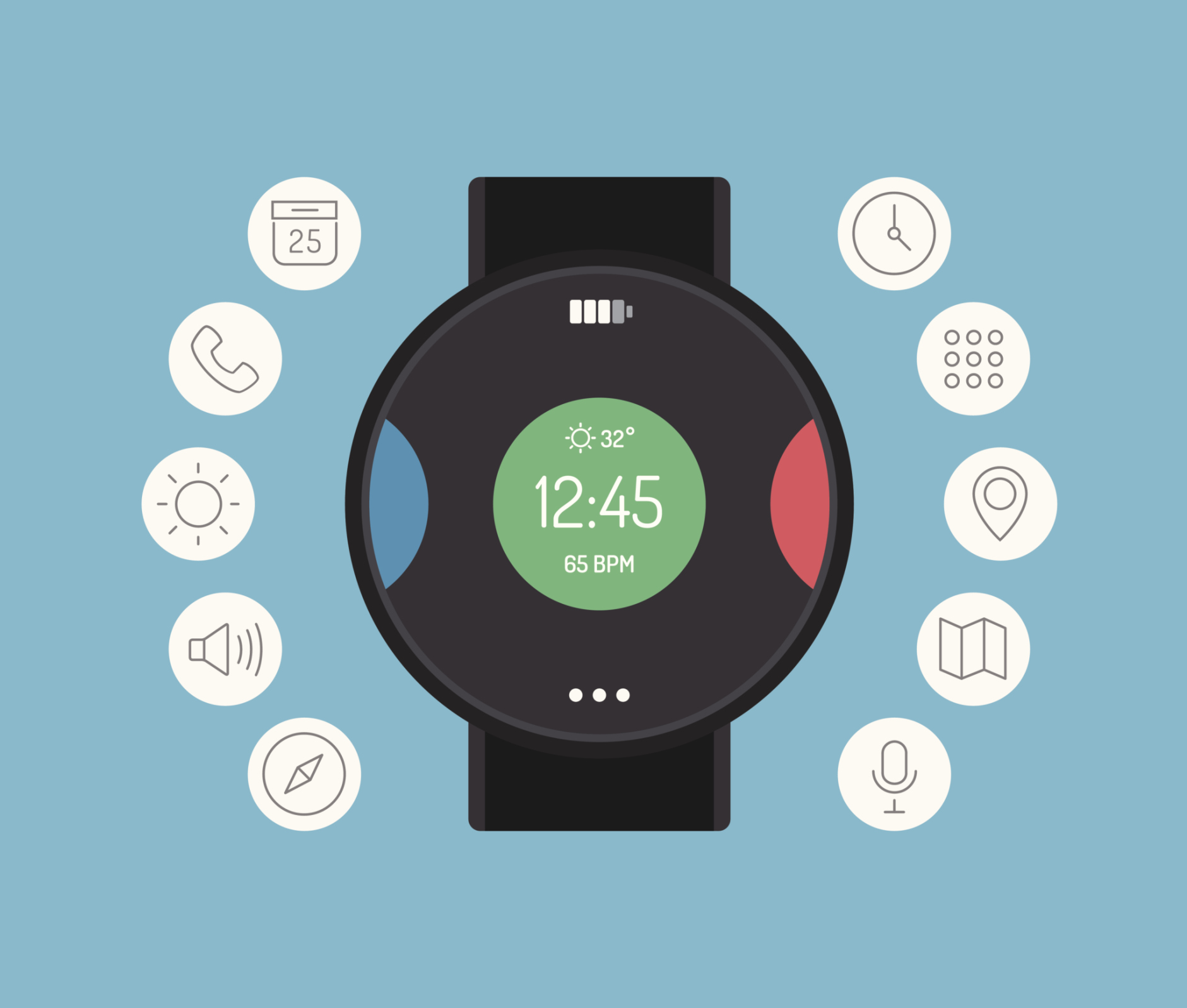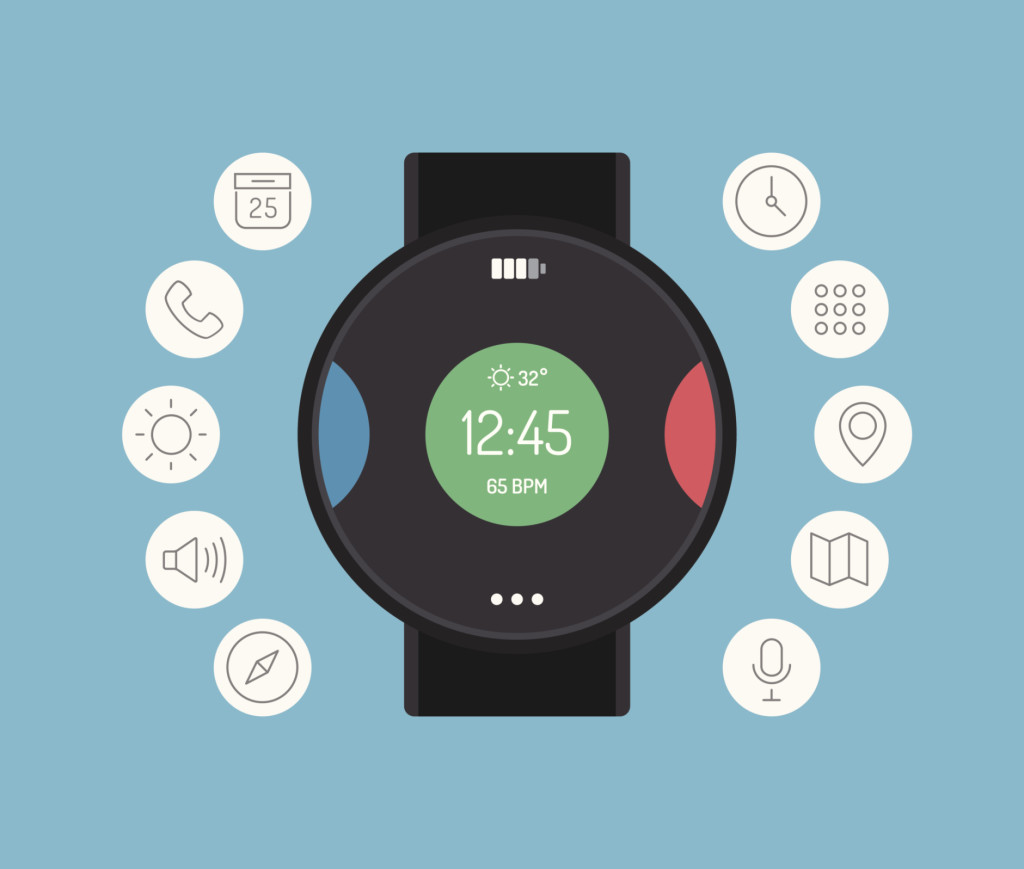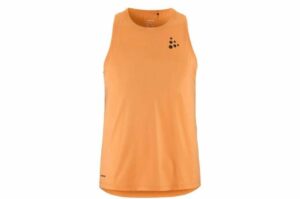Running apps and wearable tech: Stats runners should track

Running apps and wearable tech: Stats every runner should track
Runners these days are pretty lucky. Compared to eras past, the modern-day runner has so much more information available to help train wisely. Thanks to wearable tech products, today’s runners can better monitor performance-influencing factors.
Overwhelmed by the choice? Product experts like TELUS’ Health Tech Trainers can help you sift through the techy options to find the best fitness apps and wearables for you, such as the current and upcoming line of smartwatches. Whether you want to drop pounds, slash that 5K PB, increase mileage or run your first marathon, there is a way to log data to show what’s working and what’s not. Here are the stats that every runner should track:
Kilometres
Track the ground you cover from the long runs to the easy ones.
Track with: There are tons of distance-tracking apps. Many runners use Daily Mile, Garmin Connect, Strava (helpful for the competitive runner who wants to compare results to friends) or MapMyRun. iSmoothRun is great because it lets you track mileage on multiple pairs of shoes. For an all-in-one wearable/app combo, Fitbit’s built-in dashboard provides you with distance covered as well, though not through GPS (it calculates distance based on steps or strides).
Why: You need to know your mileage for a number of reasons. First of all, you don’t want to put too many kilometres on your shoes or you will risk injury. Second, by tracking your distance, you will be able to see whether or not you’re taking on too much too soon. What you’re going for is a gradual increase. Thirdly, if you’re aiming towards a longer distance, like a half- or full marathon, your stats will show whether you have put in enough work to shine on race day. All of these apps also allow you to upload GPS data from a traditional GPS watch, serving as a digital training log.
Food intake
Become more mindful of the good ingredients and the bad.
Track with: Fooducate is an app that gives food letter grades based on its ingredients. Good stuff like iron or calcium boosts the grade and saturated fats or sugar will lower it. This also keeps a database of food. Feeling snackish? Compare your cravings to find the best option.
Why: Watching what you eat is not just about decreasing fats and calories. Many runners (especially women) suffer from low iron. Are you getting enough? Runners put a lot of demands on the body and so they therefore need max amounts of nutrients, protein and vitamins to keep them going. Plus, when you run, you’re burning more. It’s important to consume enough to sustain your body and to fuel the run.
Sleep
Sleep and recovery are just as important as the long runs.
Track with: Sleepbot is an app that has a motion tracker, smart alarm and sound recorder and interactive graphs. The Misfit Flash Shine activity tracker has a wristband with a pop-out disk that can be clipped to clothes. It measures all sorts of activities including sleep quality and synchs with the user’s smartphone.
Why: The more active you are, the more your body needs to repair. For runners especially, sleep is pertinent to performance. If you don’t allow your body to recuperate, you take away from your workout. Don’t let your efforts go to waste.
Cadence
The way you run can either be a help or a hindrance.
Track with: Use Wahoo Fitness’s Tickr Run chest strap to get a score the smoothness of your run or try the Moov, a round wearable disk which tracks movement. The Moov will measure force as you hit the ground and tell you if your step is too heavy. It also tracks steps per minute. Can’t seem to get that cadence perfected? iSmoothRun lets you run to a metronome.
Why: Cadence is super important to a runner. If you’re not running with smooth and aerodynamic form, you spend extra energy where you don’t need to or worse, you land an injury from putting stress in the wrong places.
Heart rate
It’s the most accurate way to measure effort.
Track with: Epson GPS watches are compatible with many devices and let you track (and share) heart rates and other fitness info, as does the new Fitbit Charge HR. The perk: No chest strap necessary. The Mio Link HR Band is another option that pairs to smart phone devices for accurate heart rate data. Runners can even pre-set desired heart rate zones for workouts. You’ll see if you hit that target.
Why: Measure your heart rate during various efforts. By knowing your heart rate, you know if you should pick up the pace. Similarly, measure your heart rate at rest. These stats can be used to help determine VO2 max and lactate threshold, or whether or not you have overtraining syndrome.


